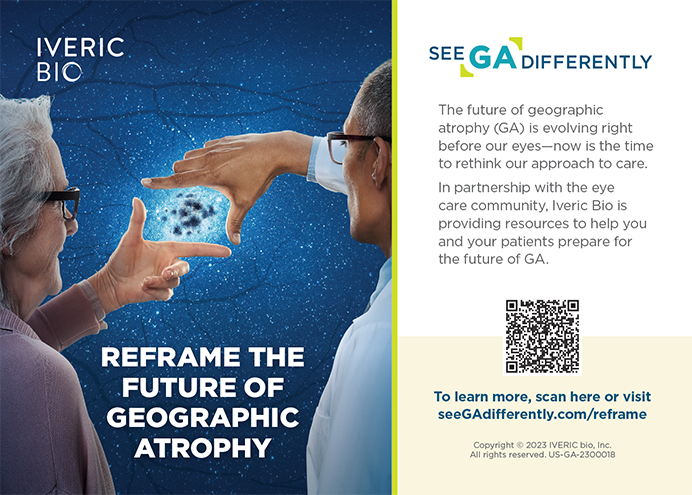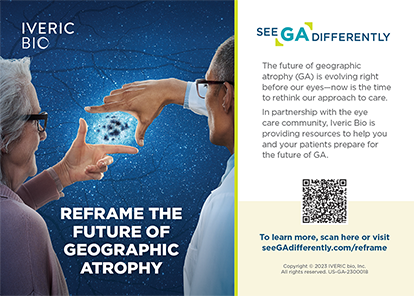With the introduction of phacoemulsification, Charles Kelman, MD, changed the world of ophthalmology forever by using a novel source of energy to break a cataract into tiny fragments that could be removed through a much smaller incision. His insight was pure genius, but there is always a price to pay for new technology. In the case of ultrasound, it was the introduction of a new complication: the retained nuclear chip.
Initially, the natural course of the chip and the potential for damage were not well understood. Cataract surgeons soon realized that, although a fragment might escape either into the angle or through the pupil to lodge somewhere behind the iris, only those pieces of nucleus that were large or hard enough not to be reabsorbed would cause problems such as iritis, elevated IOP, and corneal decompensation. Several principles were developed that could reduce the likelihood of leaving a nuclear fragment inside of the eye.
INTRAOPERATIVE MANAGEMENT
First, I discovered that, by filling the anterior chamber with Healon5 (Abbott Medical Optics Inc., Santa Ana, CA) during my slow-motion microcoaxial phacoemulsification with torsional ultrasound, it was easy to identify fragments that would become trapped and suspended in the ophthalmic viscosurgical device. These particles should be removed before they can escape.
Second, surgeons should discipline themselves not to withdraw the phaco tip until they have inspected the site of the second incision for tiny nuclear fragments that have followed the pressure gradient toward atmosphere. When identified, these fragments are easily dislodged with a second instrument and aspirated with the phaco tip.
Third, thorough cleaning of the capsular bag—clock hour by clock hour—will occasionally reveal a nuclear fragment, especially when the pupil has dilated poorly. If a fragment becomes visible, the surgeon should attempt to remove it promptly rather than postpone the task. It only takes a split second for a chip to escape. Another useful maneuver is to allow the irrigating stream to flush the posterior chamber and the angle at the conclusion of the removal of the ophthalmic viscosurgical device. This step confirms that the only thing left behind is the IOL.
POSTOPERATIVE MANAGEMENT
The postoperative treatment of a retained nuclear chip depends on a number of factors. For example, I may simply observe the patient if the nucleus was soft, the chip appears to be small, and the anterior segment shows no sign of inflammation. A tiny asymptomatic fragment may be completely reabsorbed. On the other hand, a large chip from a hard nucleus that is associated with inflammation, elevated IOP, or focal corneal edema necessitates prompt surgical intervention. If returning to the OR, I recommend surgeons trap the chip in the anterior segment with Miochol-E (Novartis Ophthalmics, Inc.) and have a gonioscope (eg, the Osher Surgical Gonio Posterior Pole Lens; Ocular Instruments, Inc., Bellevue, WA) available to facilitate the fragment’s surgical removal.
The best prevention is vigilance, identification of the chip, and the fragment’s removal before it can hide!
A video of the techniques described herein is available at http://eyetube.net/?v=bijin.
Robert H. Osher, MD, is a professor of ophthalmology at the University of Cincinnati, medical director emeritus of the Cincinnati Eye Institute, and editor of the Video Journal of Cataract and Refractive Surgery. He is a consultant to multiple companies, including Abbott Medical Optics Inc. and Alcon Laboratories, Inc. Dr. Osher may be reached at (513) 984-5133, ext. 3679; rhosher@cincinnatieye.com.


